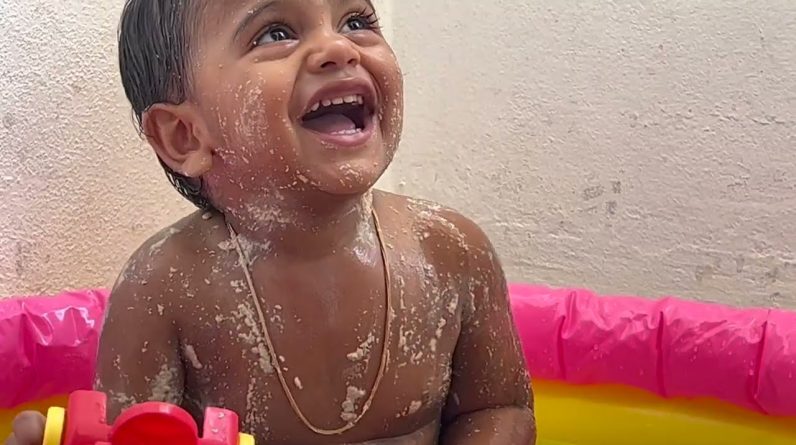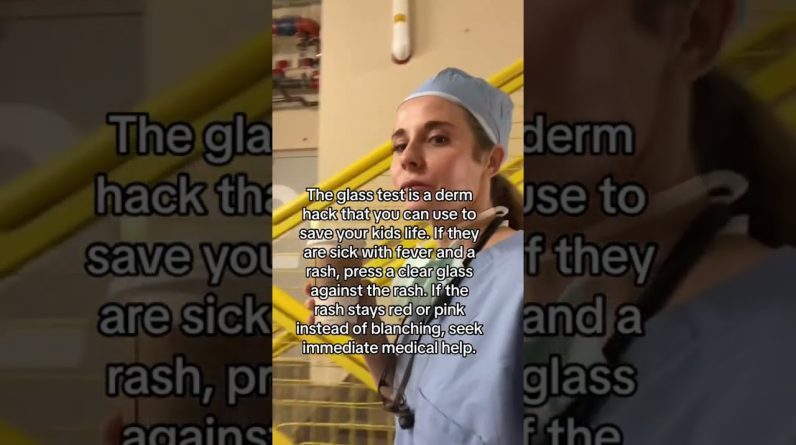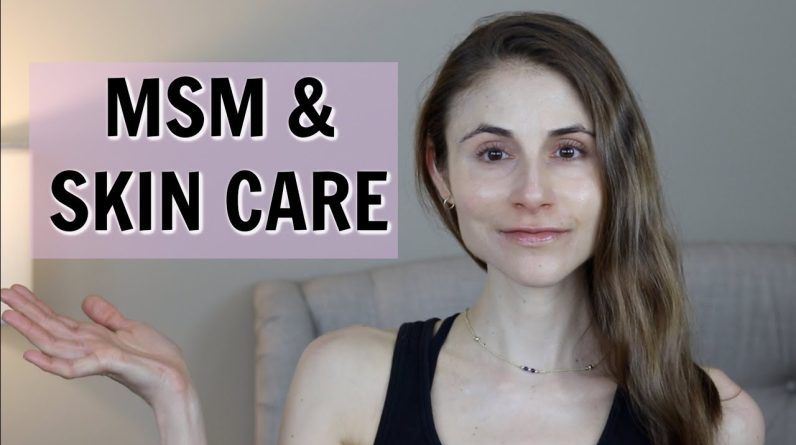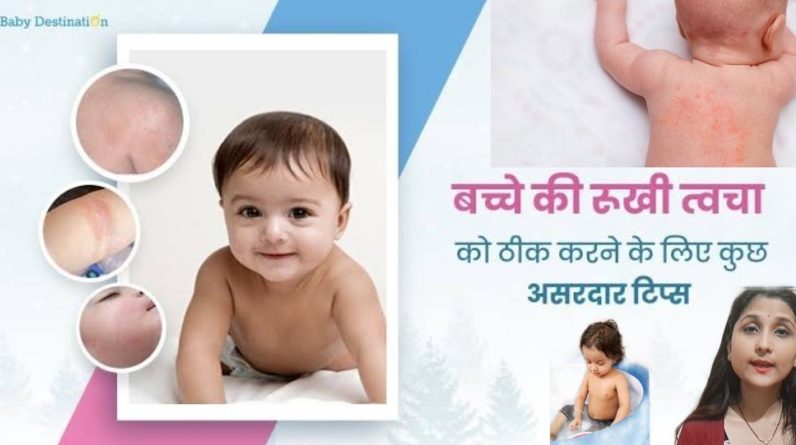Dermatologist Dr Dray on the safety of self tanners. Does fake tan age your skin? In today’s video I discuss the side effects and safety of sunless tanning lotions, creams, and spray tans. #skincare #selftan #dermatologist
My response to Mike Thurston
FTC: This video is not sponsored.
References
Johnson JA,Fusaro RM.Protection against long ultraviolet radiation: topical browning agents and a new outlook. Dermatologica 1987;175:53-7.
Rajatanavin N, Suwanachote S, Kulkollakarn S. Dihydroxyacetone: a safe camouflaging option in vitiligo. Int J Dermatol. 2008;47:402-406.
Yourick JJ, Koenig ML, Yourick DL, et al. Fate of chemicals in skin after dermal application: does the in vitro skin reservoir affect the estimate of systemic absorption? Toxicol Appl Pharmacol. 2004;195:309-320.
Beutler E, Guinto E. The metabolism of dihydroxyacetone by intact erythrocytes. J Lab Clin Med. 1973;82:534-545.
Ouellette M, Makkay AM, Papke RT. Dihydroxyacetone metabolism in Haloferax volcanii. Front Microbiol. 2013;4:376.
Akin FJ, Marlowe E. Non-carcinogenicity of dihydroxyacetone by skin painting. J Environ Pathol Toxicol Oncol. 1984;5:349-351.
Petersen AB, Na R, Wulf HC. Sunless skin tanning with dihydroxyacetone delays broad-spectrum ultraviolet photocarcinogenesis in hairless mice. Mutat Res. 2003;542:129-138.
Kim SB, Hayase F, Kato H. Desmutagenic effect of alpha-dicarbonyl and alpha-hydroxycarbonyl compounds against mutagenic heterocyclic amines. Mutat Res. 1987;177:9-15.
Petersen AB, Wulf HC, Gniadecki R, et al. Dihydroxyacetone, the active browning ingredient in sunless tanning lotions, induces DNA damage, cell-cycle block and apoptosis in cultured HaCaT keratinocytes. Mutat Res. 2004;560:173-186.
Lloyd RV, Fong AJ, Sayre RM. In vivo formation of Maillard reaction free radicals in mouse skin. J Invest Dermatol. 2001;117:740-742.
Pham HN, DeMarini DM, Brockmann HE. Mutagenicity of skin tanning lotions. J Environ Pathol Toxicol. 1979;3:227-231.
Yamaguchi T. Mutagenicity of trioses and methyl glyoxan on Salmonella typhimurium. Agric Biol Chem. 1982;46:849-851.
Follett KA, Johnson JA, Fusaro RM. Protection of photosensitized rats against long ultraviolet radiation by topical application of compounds with structures similar to that of dihydroxyacetone. Dermatologica. 1987;175:58-63.
Faurschou A, Janjua NR, Wulf HC. Sun protection effect of dihydroxyacetone. Arch Dermatol. 2004;140:886-887.
Armas LA, Fusaro RM, Sayre RM, et al. Do melanoidins induced by topical 9% dihydroxyacetone sunless tanning spray inhibit vitamin d production? A pilot study. Photochem Photobiol. 2009;85:1265-1266.
Moneib HA, Salem SA, Younis RM. Comparison of turbo-PUVA and conventional American-style PUVA in the treatment of psoriatic patients. Photodermatol Photoimmunol Photomed. 2010;26:205-210.
Morren M, Dooms-Goossens A, Heidbuchel M, et al. Contact allergy to dihydroxyacetone. Contact Dermatitis. 1991;25:326-327.
Bovenschen HJ, Korver JE, van der Valk PG. Contact dermatitis to self-tanning products. Contact Dermatitis. 2009;60:290-291.
0:00 Intro
0:22 What is DHA?
1:04 How DHA works
1:36 Is DHA safe?
4:02 Does DHA age the skin?
6:31 Does DHA protect from UV?
13:13 Does DHA block vitamin D?
15:16 Adverse effects of sunless tanners
💜Follow me on liketoknowit
💜Social media
Instagram @drdrayzday
Pinterest
Facebook @DrDrayzDay
Twitter: @drdrayzday
📪Mail:
PO Box 542234
Houston, TX 77254
Disclaimer: This video is not intended to provide diagnosis, treatment or medical advice. Content provided on this Youtube channel is for informational purposes only. Please consult with a physician or other healthcare professional regarding any medical or health related diagnosis or treatment options. Information on this Youtube channel should not be considered as a substitute for advice from a healthcare professional. The statements made about specific products throughout this video are not to diagnose, treat, cure or prevent disease.
source







